CSE4DBF Assignment 1 Part 1: EER Diagram and Assumptions
VerifiedAdded on 2022/08/22
|7
|835
|20
Homework Assignment
AI Summary
This document presents a comprehensive solution to a database assignment focused on designing an Extended Entity Relationship Diagram (EERD) for a Getaway Holidays Reservation Database System. The solution includes a detailed EERD, illustrating entities, attributes, and relationships between various components such as clients, reservations, guests, activities, rooms, and instructors. The assignment also outlines critical assumptions made during the design process, covering various business rules, technical constraints, and data integrity considerations. These assumptions define how clients book holidays, manage reservations, participate in activities, and interact with accommodations and instructors. The diagram incorporates specializations, generalizations, and other features of EERD to model complex business cases effectively. The solution emphasizes the significance of assumptions in shaping the structure and functionality of the database, ensuring a robust and efficient design. The solution follows the assignment brief for CSE4DBF (2020) Assignment 1, Part 1.
1 out of 7
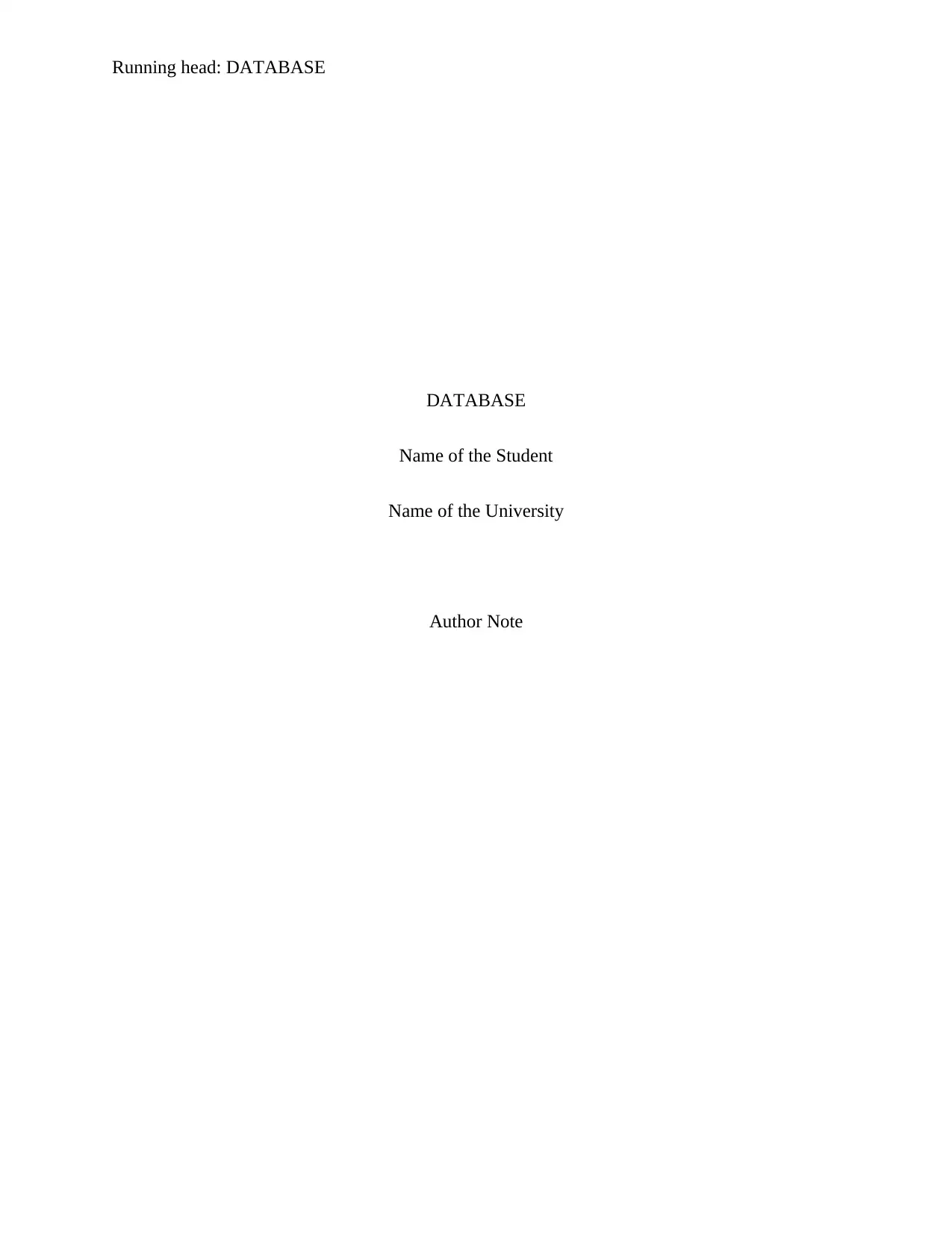
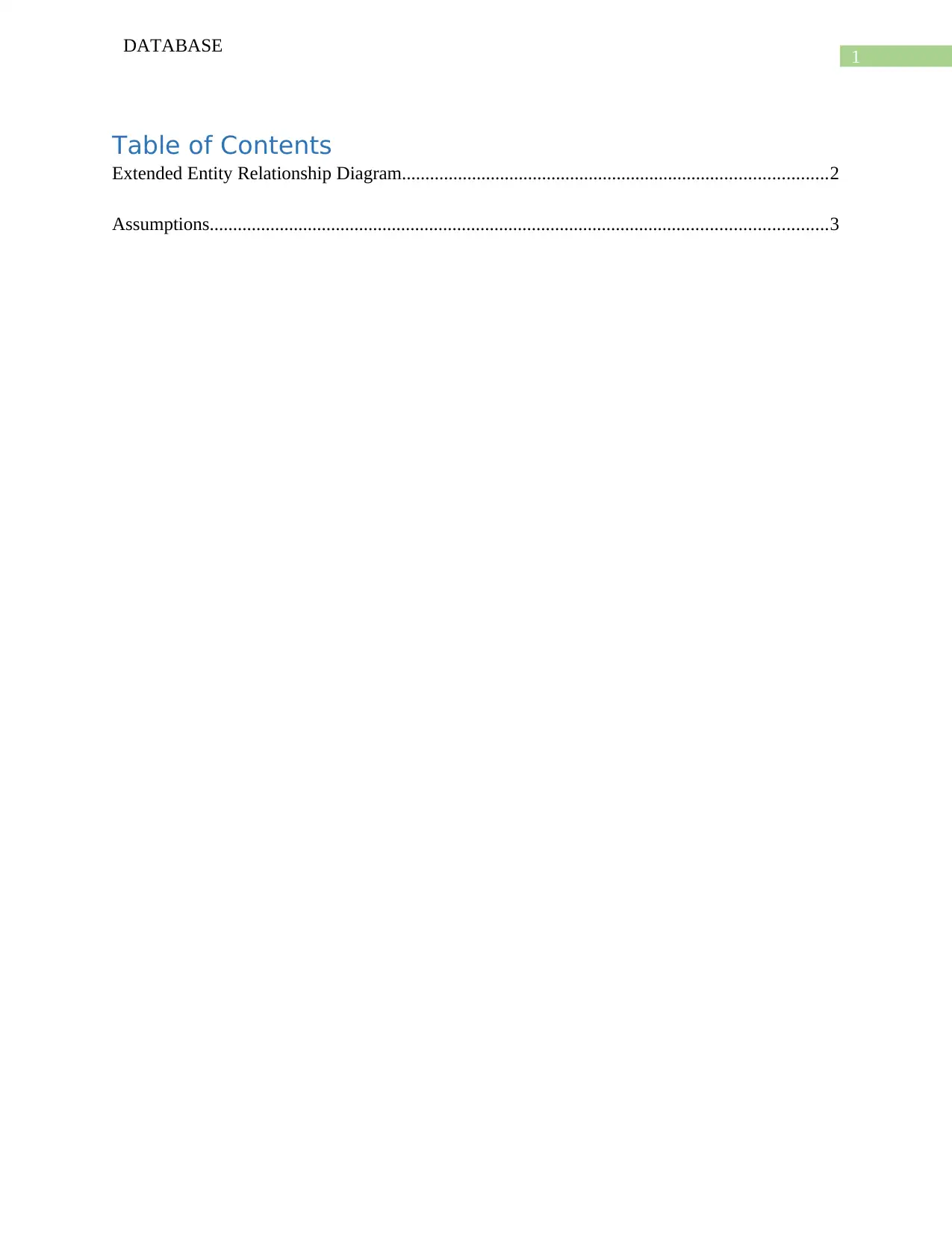
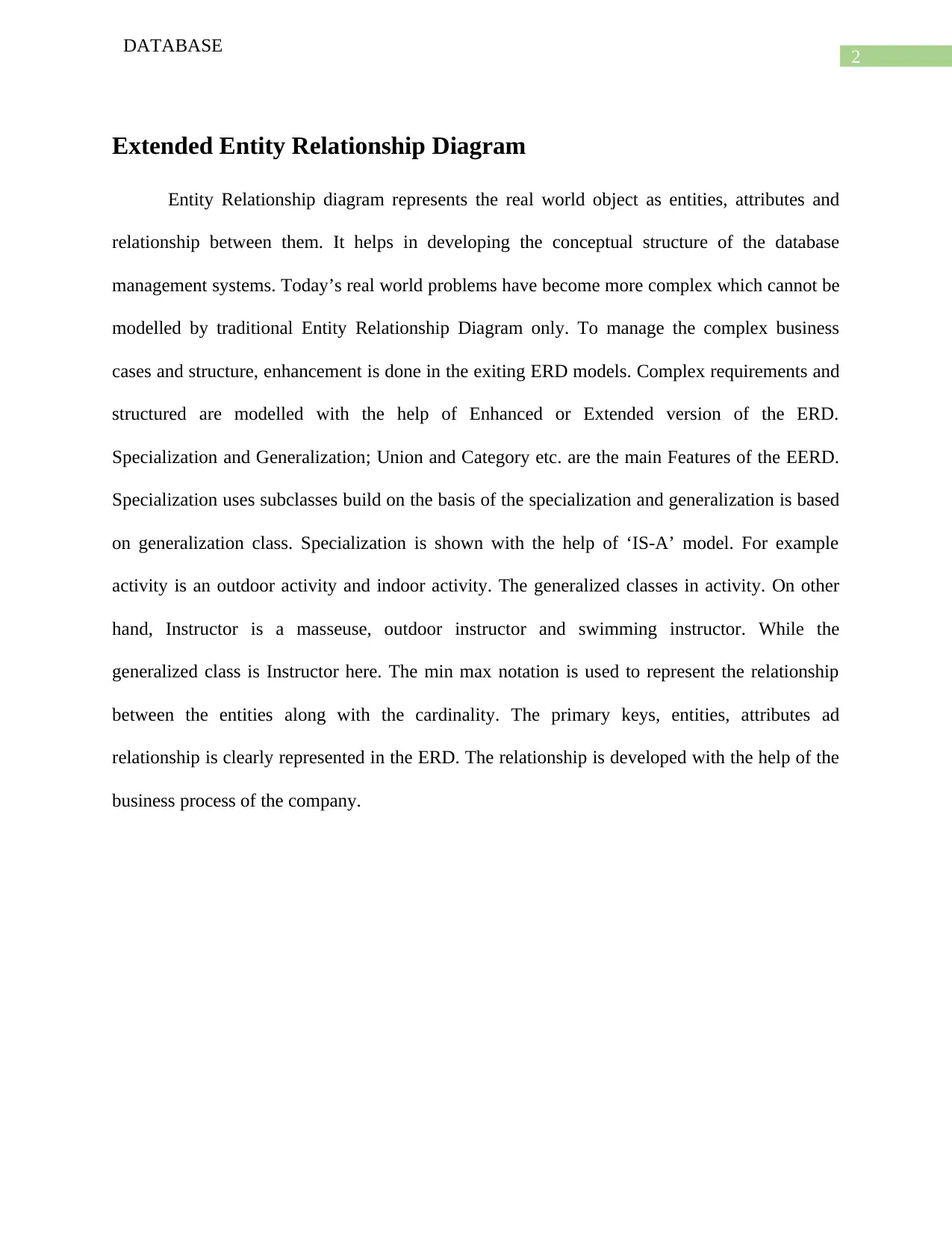
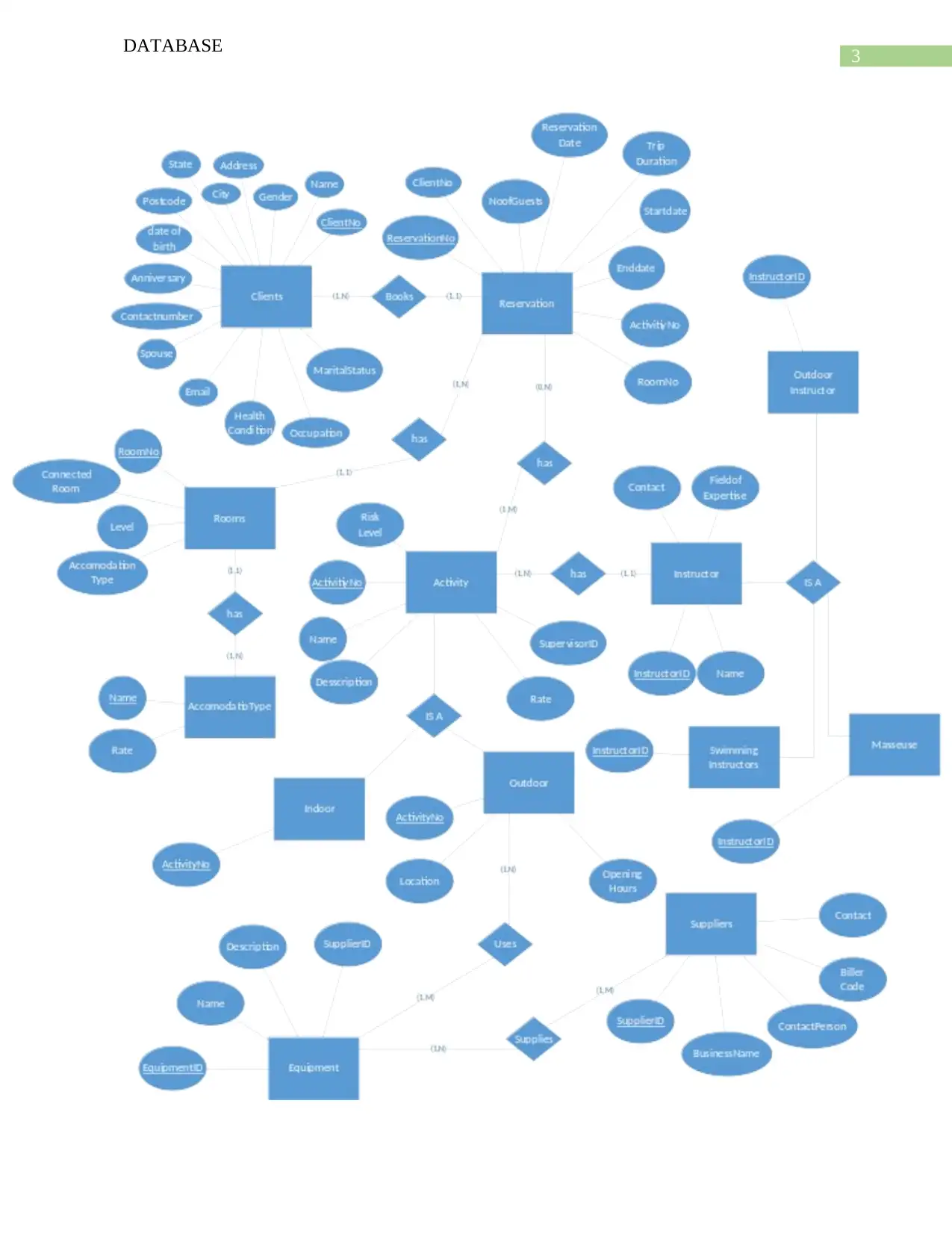
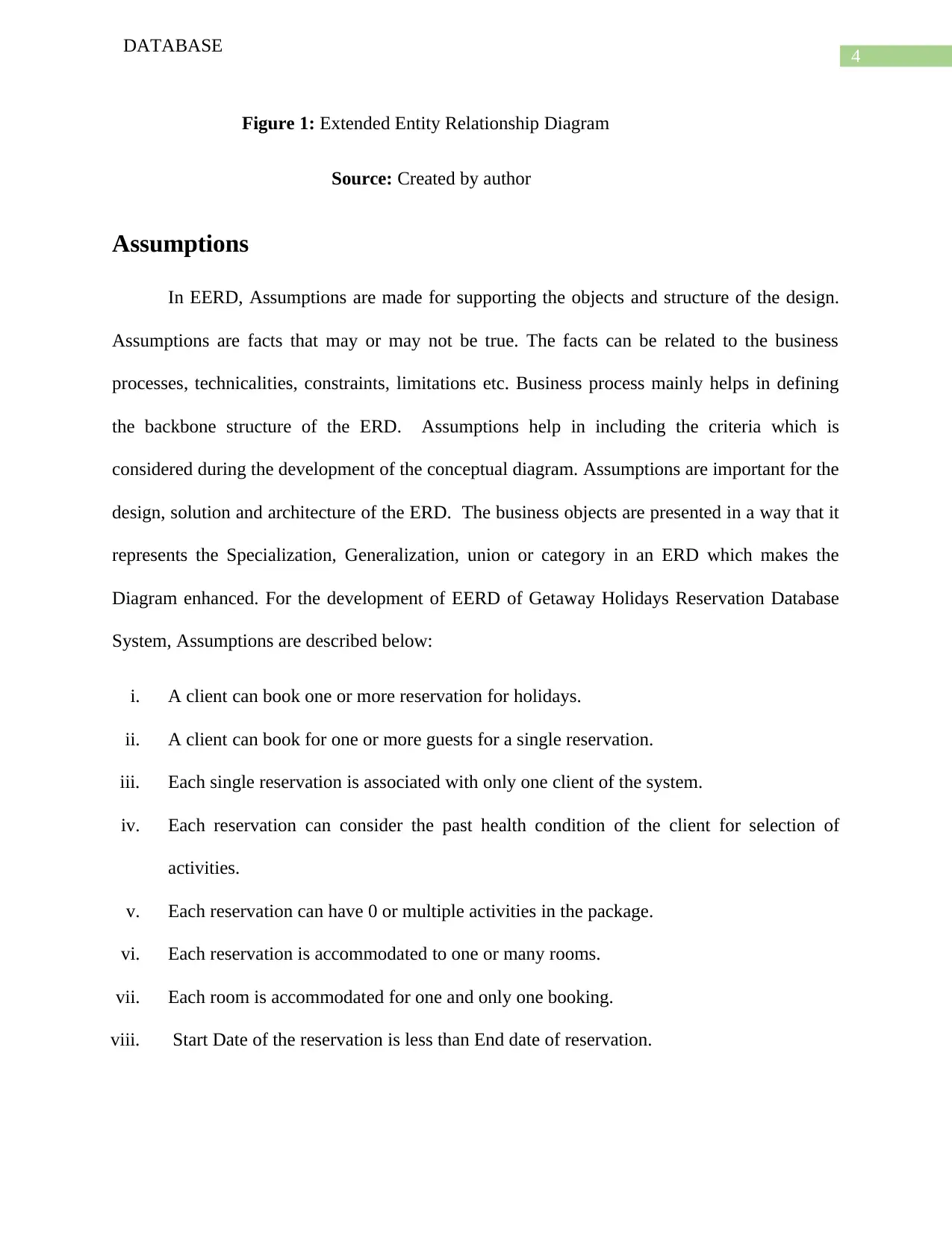
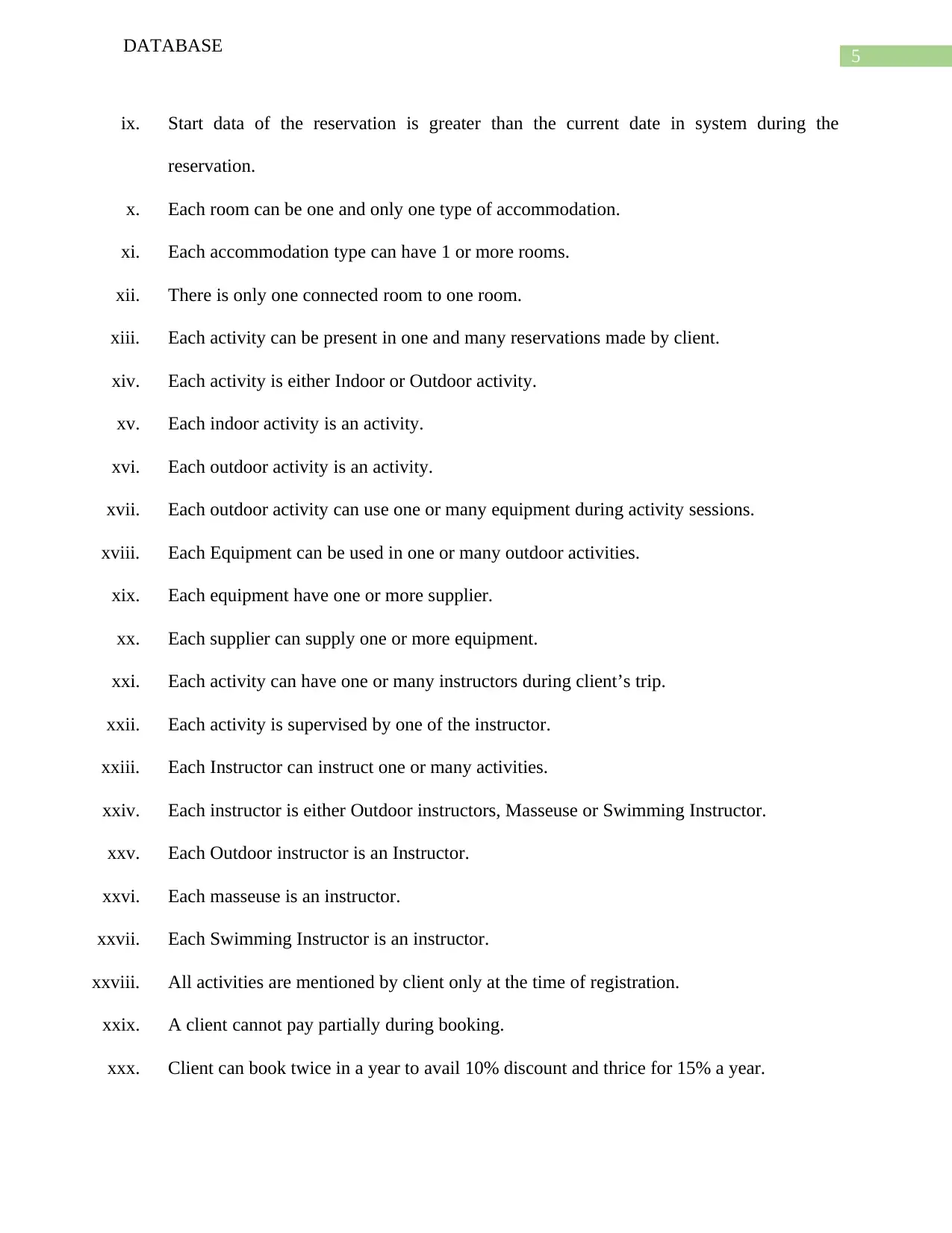
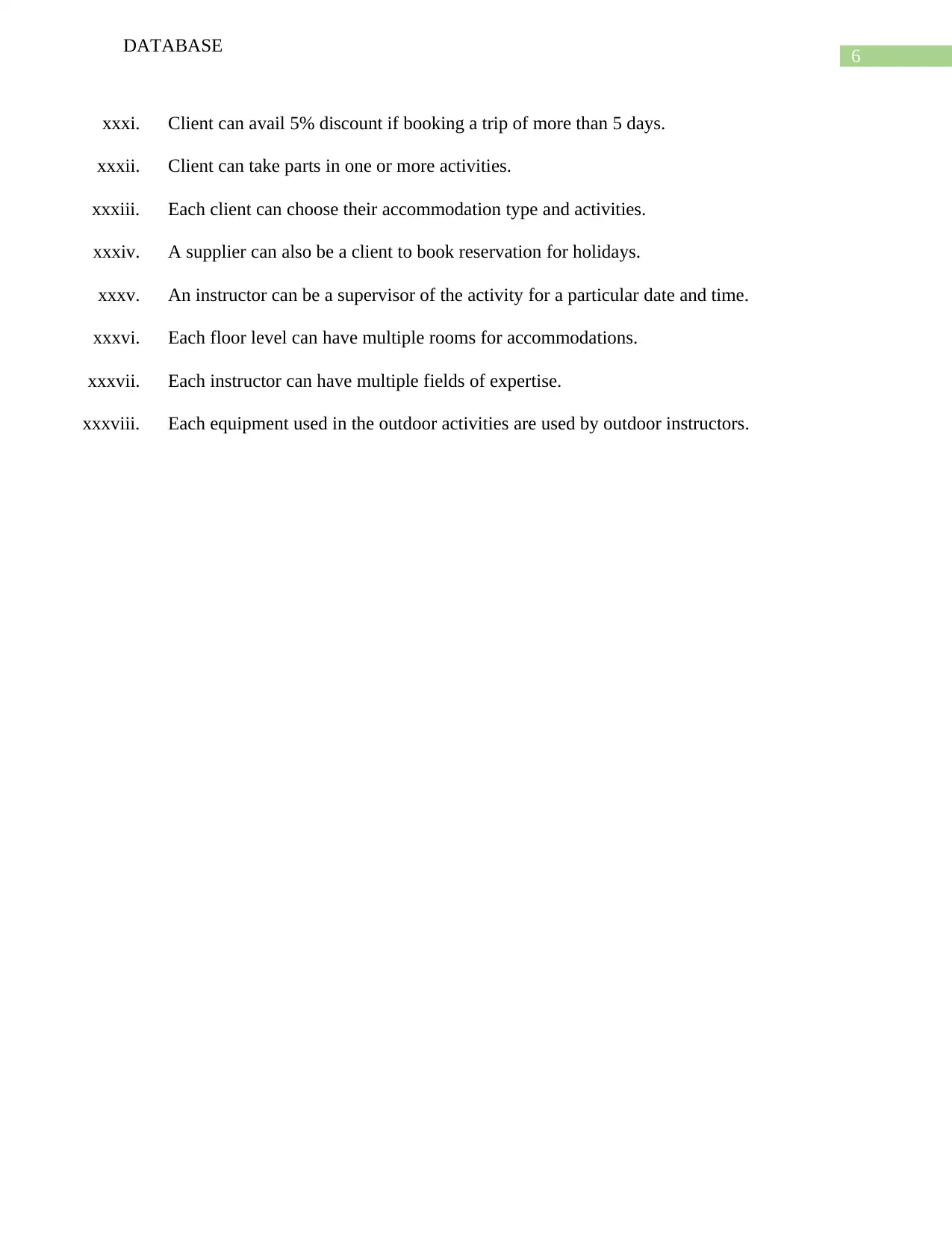






![[object Object]](/_next/static/media/star-bottom.7253800d.svg)